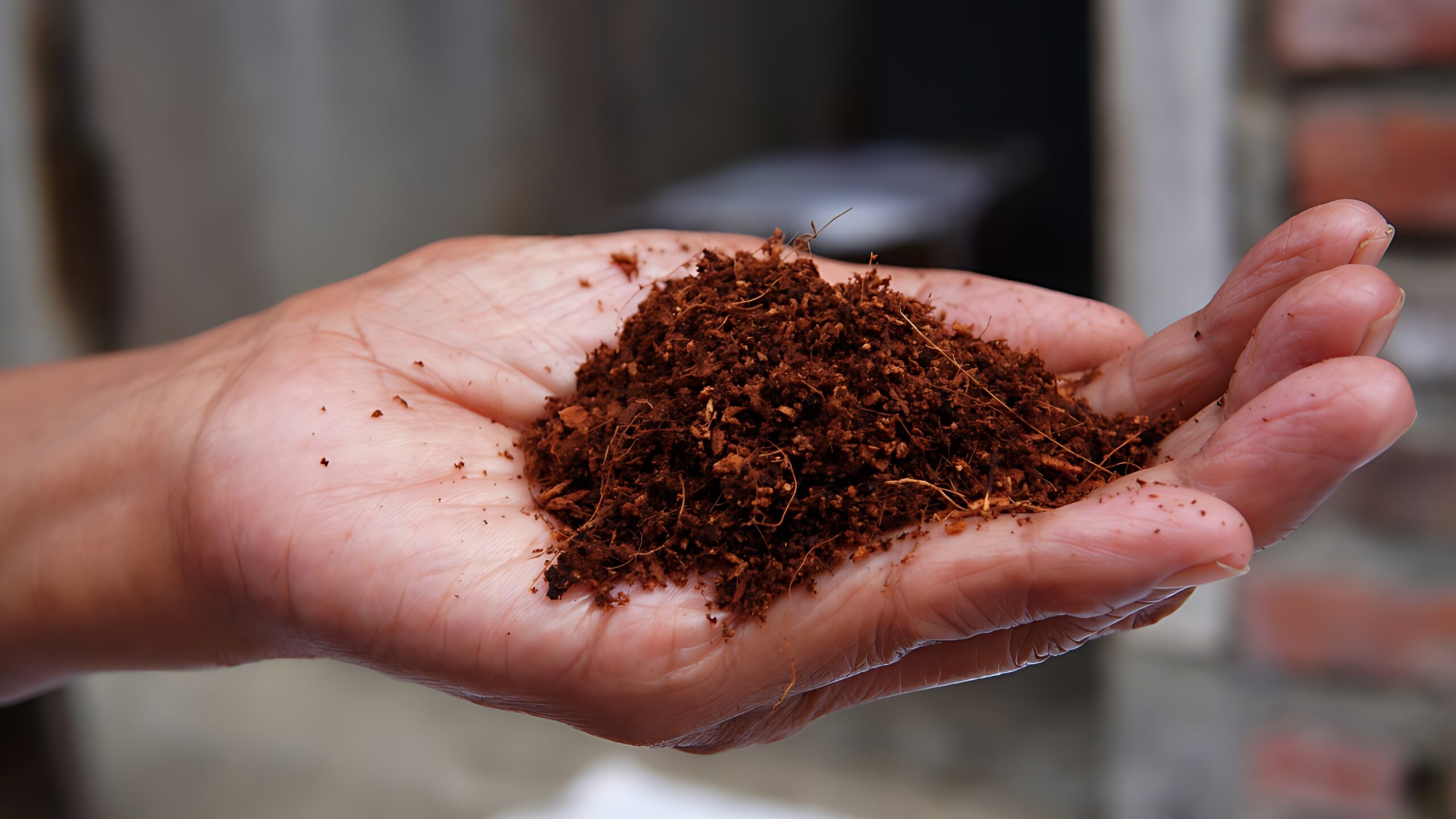Have you been considering coco peat for its superior water retention, aeration, and eco-friendly nature?
While this growing medium boasts many benefits, understanding the potential coco peat disadvantages is crucial for gardening success.
It’s essential to have a balanced view of any growing medium.
Let’s delve into the less-talked-about aspects of coco peat to ensure you make the best choices for your plants.
Coco Peat Disadvantages
Coco peat has been widely celebrated in horticultural circles for its impressive benefits.
However, it’s essential to shed light on the coco peat disadvantages to provide a balanced view for gardeners and agriculturalists.
In this blog post, we’ll explore the drawbacks of using coco peat as a growing medium.
1. Nutrient Management Challenges
Coco peat, while a popular alternative to traditional soil, does have some significant disadvantages.
One of the most notable is its lack of nutrients.
Unlike regular soil, coco peat does not contain essential nutrients for plant growth.
This means that gardeners must be meticulous in their approach to nutrient management, carefully monitoring and supplementing the coco peat with fertilizers.
Failure to do so can result in under or over-fertilization, which can hurt plant health.
Furthermore, the low nutrient content of coco peat may not be suitable for all plant species, especially those with high nutrient requirements.
This can limit its use in certain gardening and farming applications, making it important for gardeners to consider the specific needs of their plants before using coco peat as a growing medium.
2. High Salt Content
The natural presence of sodium and potassium salts is one of the notable coco peat disadvantages.
If not properly treated, these salts can accumulate and harm plants.
Investing in high-quality, pre-washed coco peat or being prepared to leach the salts yourself is crucial, which can be a cumbersome process.
3. Water Retention Versus Plant Health
Coco peat is a popular growing medium due to its ability to retain water, making it a convenient choice for gardeners looking to maintain moisture levels in their plants.
However, this quality can also be a double-edged sword.
If not managed correctly, coco peat’s water retention can lead to issues like waterlogging and root rot.
This means that gardeners must be mindful of their watering schedules and use coco peat in moderation to prevent these problems.
Additionally, excess water in coco peat can also lead to nutrient deficiencies, as it hinders the absorption of essential minerals by plant roots.
Therefore, while coco peat has its advantages, it is crucial to strike a balance and use it carefully to avoid any potential harm to plants.
4. Environmental Impact
Despite being a more sustainable option than peat moss, the environmental impact of transporting coco peat from tropical regions to consumers worldwide is a notable disadvantage.
The carbon footprint associated with its transportation and the potential for unsustainable harvesting practices is environmental coco peat disadvantages that conscientious gardeners should consider.
5. Slow Decomposition
One of the drawbacks of using coco peat as a gardening material is its slow decomposition rate.
While this can be beneficial in maintaining the structure of soil for longer periods, it also means that it will not contribute to improving soil fertility as quickly as other types of organic materials.
This can be a significant disadvantage for gardeners who are looking for quick and noticeable improvements in their soil structure.
As a result, they may need to supplement with other fertilizers or organic matter to achieve their desired results.
Therefore, gardeners need to consider this factor when deciding whether to use coco peat in their gardening practices.
In Summary
Coco peat has its merits, but understanding the coco peat disadvantages is key to gardening success.
Manage these challenges thoughtfully, and you’ll make informed choices that support your plants and align with your environmental values.
Each growing medium has unique qualities, and finding the right mix is essential for a thriving garden.




